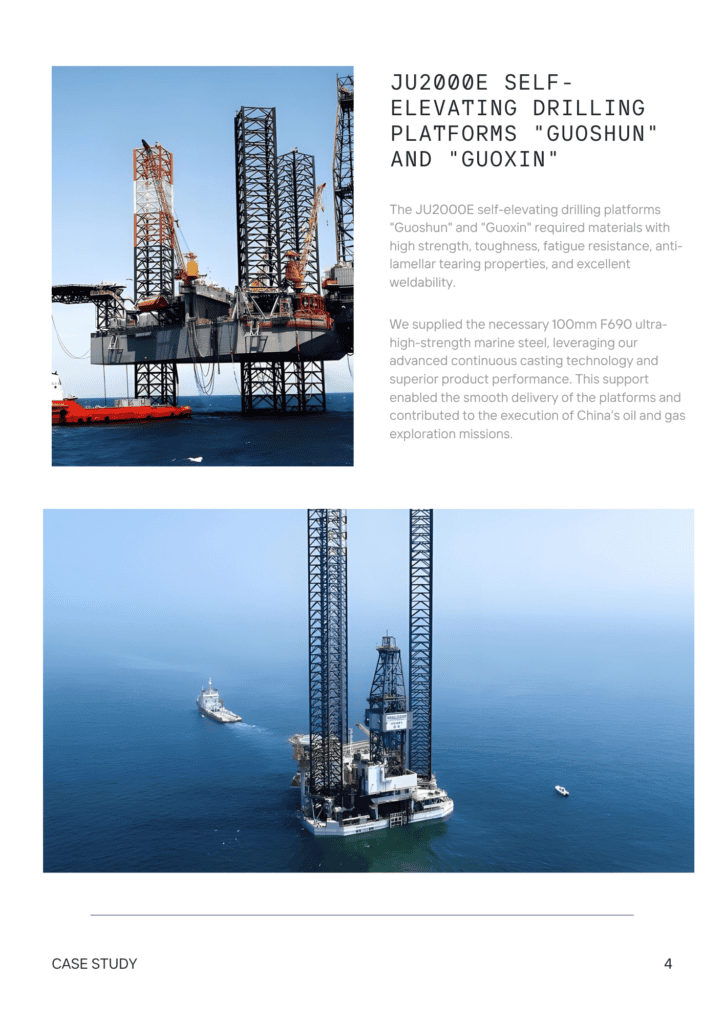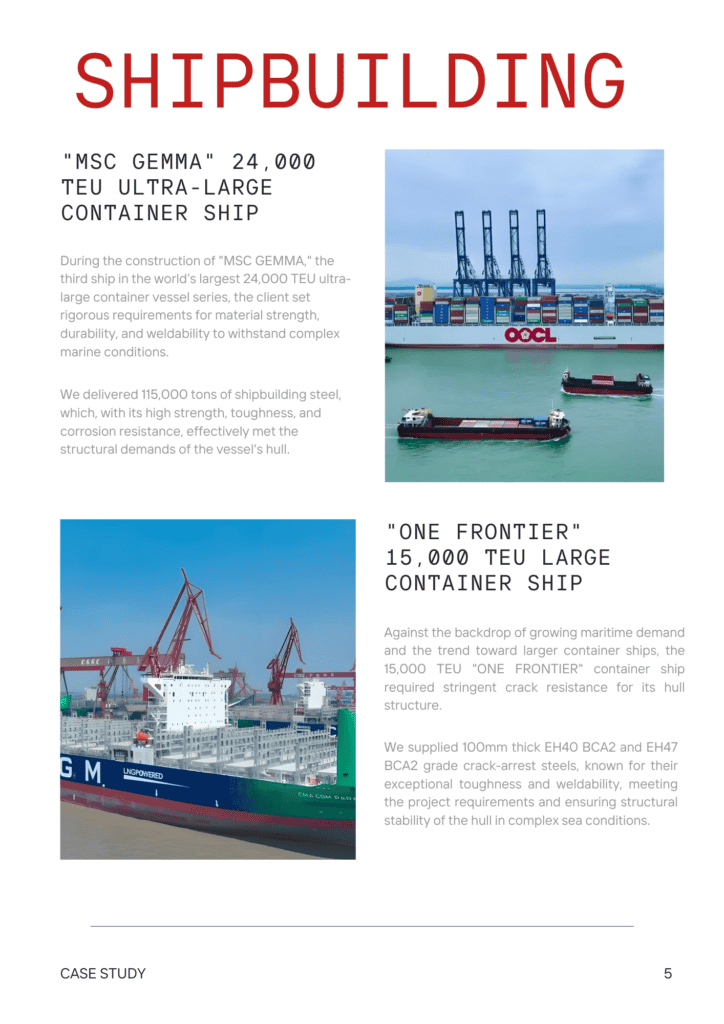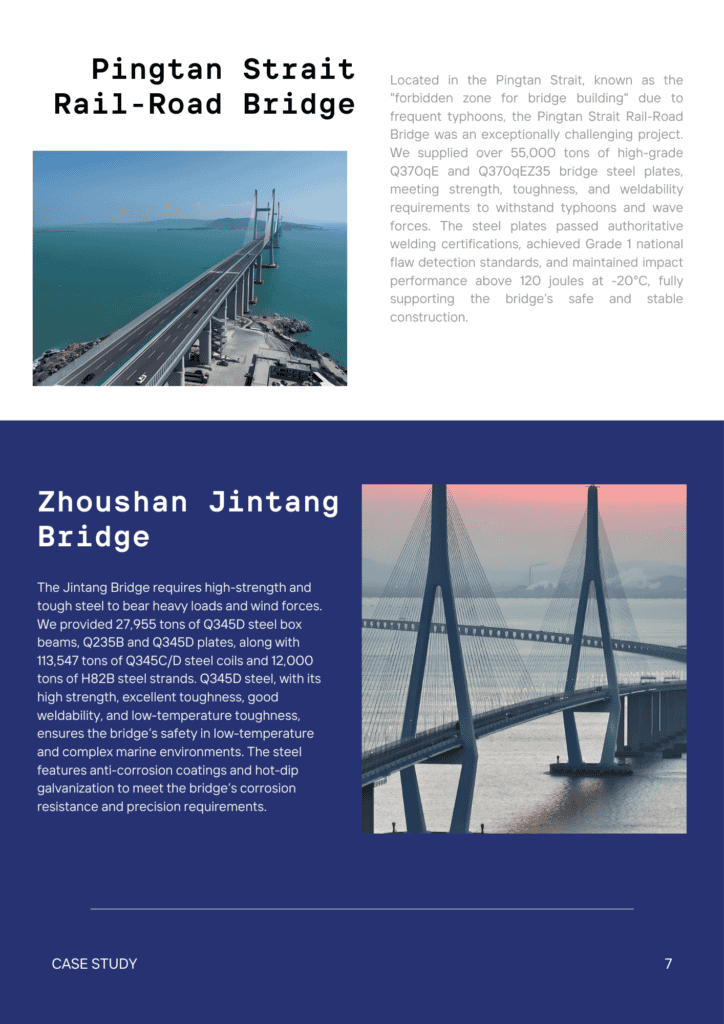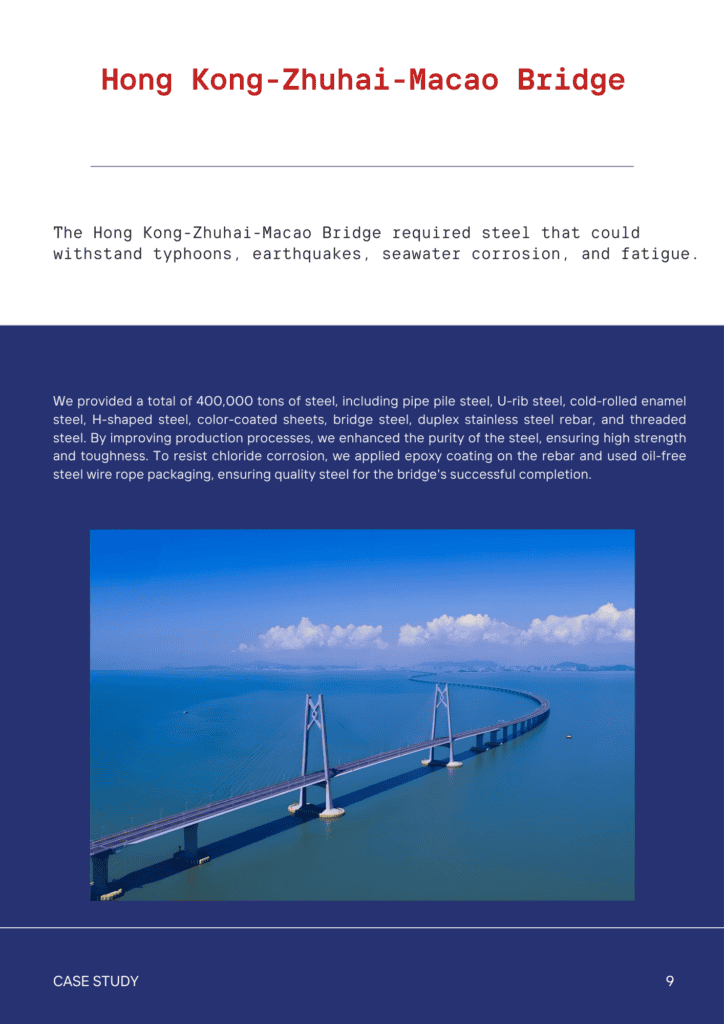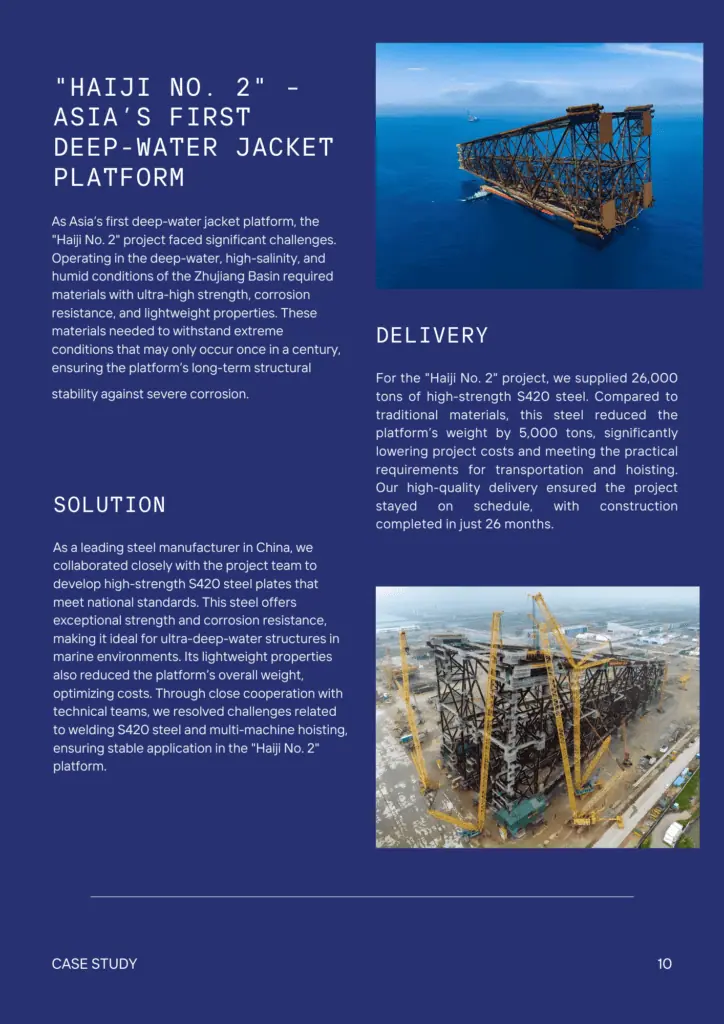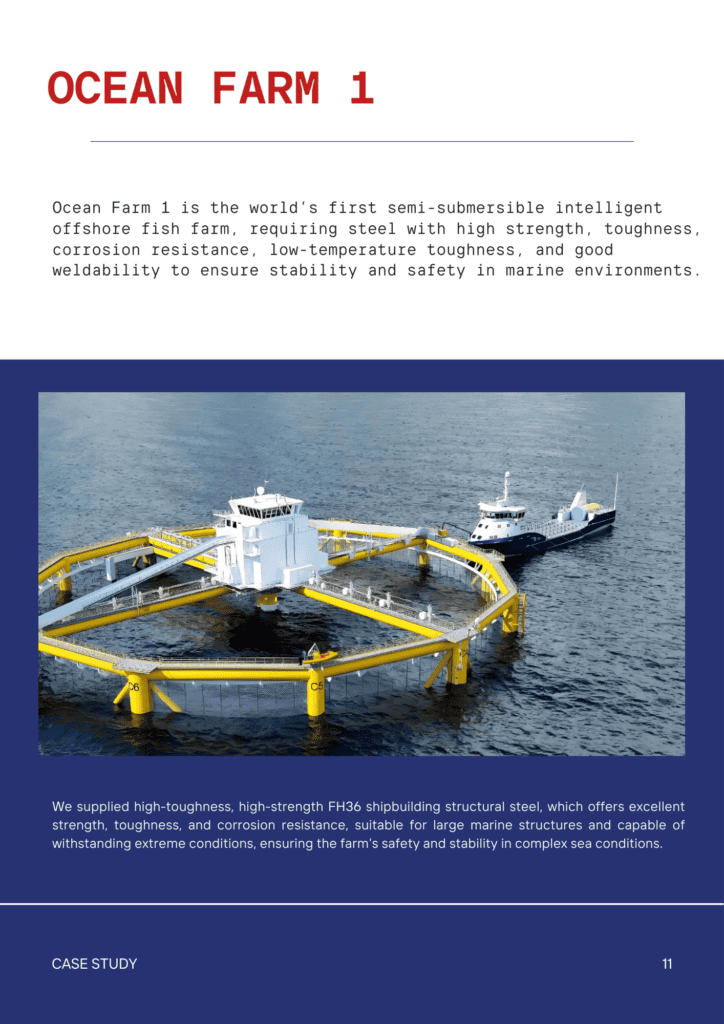Contents
S1 Shock Resisting Tool Steel: Properties, Process, Uses
- John

S1 tool steel stands out as a reliable choice for industries needing materials that can handle extreme impact and wear. In this guide, we will explore what makes S1 unique, its processing techniques, and how it is used in demanding applications, offering insights to help you make informed decisions.
What Is S1 Tool Steel?
S1 tool steel is a medium-carbon, chromium-tungsten shock-resistant alloy, equivalent to UNS T41901 or 60WCrV7. This deep-hardening, oil-hardening steel is engineered for superior toughness, offering better performance in impact and shock-load applications compared to D2.
SteelPro Group S1 tool steel is available as round bars, flat bars, and plates with precision machining and customizable dimensions. Our products offer superior performance in demanding fields like forging, forming, and cutting tools.
Chemical Composition of S1 Tool Steel
S1 tool steel is alloyed with carbon, chromium, tungsten, and vanadium to achieve a balance of hardness, toughness, and wear resistance. Its low sulfur and phosphorus content ensures excellent machinability and reduced brittleness, while moderate silicon improves thermal stability.
The table below details its chemical composition.
| Element | Composition (%) |
| Carbon (C) | 0.40 – 0.55 |
| Chromium (Cr) | 1.4 |
| Iron (Fe) | 94 |
| Manganese (Mn) | 0.25 |
| Molybdenum (Mo) | ≤ 0.50 |
| Phosphorus (P) | ≤ 0.030 |
| Silicon (Si) | 0.68 |
| Sulfur (S) | ≤ 0.030 |
| Tungsten (W) | 2.25 |
| Vanadium (V) | 0.23 |
Mechanical Properties of S1 Tool Steel
S1 tool steel offers a balanced combination of high tensile strength, moderate hardness, and good machinability, making it suitable for impact-resistant and wear-resistant applications. Its excellent toughness and elongation at break enhance durability under dynamic loading.
The table below provides detailed mechanical property data.
| Property | Metric |
| Rockwell C Hardness | 54 |
| Knoop Hardness | 605 |
| Vickers Hardness | 584 |
| Tensile Strength | 2080 MPa |
| Tensile Strength (Yield) | 1800 MPa |
| Elongation at Break | 10 % |
| Bulk Modulus | 160 GPa |
| Shear Modulus | 80.0 GPa |
| Charpy Impact | 10.8 – 29.8 J |
| Poisson’s Ratio | 0.27-0.30 |
| Machinability | 70.0 – 75.0% |
Physical Properties of S1 Tool Steel
S1 tool steel exhibits moderate density, excellent thermal conductivity, and stable thermal expansion, ensuring reliability under temperature variations. Its physical properties make it ideal for applications requiring efficient heat transfer and structural stability.
The table below provides a detailed summary of its physical characteristics.
| Property | Metric Value | Imperial Value |
| Density (@20°C/68°F) | 7.89 g/cm³ | 0.285 lb/in³ |
| Thermal Expansion Coefficient | 12.4 µm/m·°C (20–100°C) | 6.89 µin/in·°F (68–212°F) |
| Thermal Conductivity | 42.0 W/m·°C | 24.3 BTU·in/ft²·h·°F |
| Specific Heat Capacity | 460 J/kg·°C | 0.110 BTU/lb·°F |
| Electrical Resistivity | 0.55 µΩ·m | 21.7 µΩ·in |
S1 Tool Steel Heat Treatment
Forging
S1 tool steel should be preheated gradually to 650–700°C (1200–1300°F) to avoid thermal shock. Once preheated, uniformly heat to 980–1065°C (1800–1950°F) for forging. After forging, cool the steel slowly, preferably in a furnace or using insulating materials, to prevent stress accumulation and cracking.
Annealing
Heat the steel at a controlled rate of 55°C (100°F) per hour to the annealing temperature of 760–800°C (1400–1475°F). Soak for one hour per 25.4 mm (1 inch) of thickness to ensure complete thermal equilibration. Cool the steel in a furnace at a controlled rate of 22°C (40°F) per hour down to 550°C (1020°F), then air cool.
After annealing, the hardness should not exceed 250 HB. To prevent decarburization during annealing, use a protective atmosphere or pack the steel in inert materials like graphite or sand.
Hardening
Preheating
This is required for S1 tool steel to minimize thermal stress. Preheat in two stages: first to 650–705°C (1200–1300°F) and then to 815–845°C (1500–1550°F).
Austenitizing
Heat the steel to 927–982°C (1700–1800°F) and hold for 30 minutes per 25.4 mm (1 inch) of thickness to ensure uniform transformation.
Quenching
Water at 927°C (1700°F) can be used for simpler sections, though it may cause cracking due to the rapid cooling. Alternatively, oil or air quenching is preferred for more complex geometries to reduce thermal stress.
S1 is prone to decarburization during hardening because of its high carbon content. To mitigate this, use a controlled atmosphere or vacuum furnace, or coat the surface with a protective compound.
Tempering
Tempering S1 depends on its intended application. For hot-work tools, temper at 538–649°C (1000–1200°F). For cold-work tools, a lower range of 177–316°C (350–600°F) is recommended. Hold the steel at the tempering temperature for one hour per 25.4 mm (1 inch) of thickness.
S1 Tool Steel Product Forms
S1 tool steel is available in various forms to suit industrial applications, from precision tools to large components. We can provide standard sizes and customizable options to meet specific project needs. The table below highlights common product forms and typical size ranges.
| Product Form | Typical Size Range | Application |
| Round Bars/Wire | Diameter: 5.5 mm to 500 mm | Used for turning, milling; ideal for punches, chisels, and other tools. |
| Flat/Rectangular Bars | Thickness: 3 mm to 800 mm | Suitable for forging, machining; used for dies, cutting tools, etc. |
| Hot-Rolled Plates | Thickness: 60 mm to 400 mm | Ideal for cutting, welding; commonly used in large molds and structural components. |
| Width: 50 mm to 1100 mm | ||
| Length: 1000 mm to 12000 mm |
S1 Tool Steel Applications
S1 tool steel is engineered for exceptional toughness and high impact resistance. The diverse applications of S1 tool steel demonstrate its reliability in tools and components exposed to high impact and wear.
Chisels and Punches: Commonly used for impact tools requiring durability under repeated loads.
Forging Dies: Suitable for high-impact forging applications.
Shear Blades: Used in metal cutting and trimming operations.
Pneumatic Tool Bits: Ideal for jackhammers and other pneumatic tools.
Cold Forming Dies: Applied in shaping and forming metal components.
Mandrels and Rollers: Utilized in industrial machining and forming processes.
Cold Heading Tools: Used for producing fasteners like bolts and screws.
Anvils and Hammers: Applied in applications needing high-impact resistance.
Customized Solutions for S1 Tool Steel Applications
At SteelPro Group, we provide more than just S1 tool steel—we offer tailored solutions designed to meet your exact needs. Our product forms include round bars, flat bars, and plates, ensuring flexibility for a wide range of applications. We also offer H13 steel suitable for hot work tools.
We go beyond standard offerings with precision machining services such as cutting, grinding, and heat treatment, delivering components that are ready for immediate use. Custom dimensions and tight tolerances are our specialties, helping you reduce material waste and save valuable machining time.







